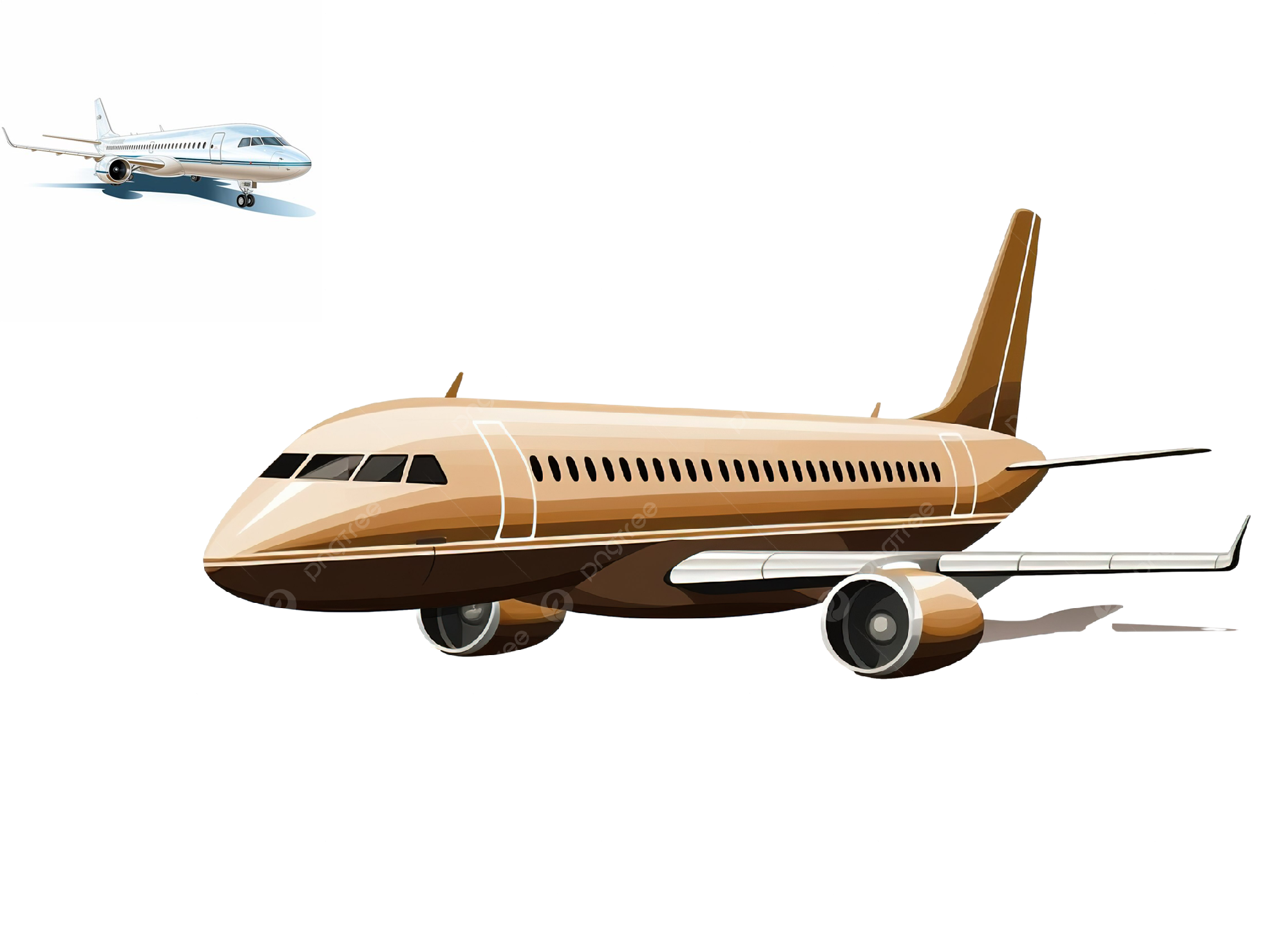In the early 2000s, India’s aviation industry was dominated by full-service carriers, and air travel was a luxury only a few could afford. Enter Air Deccan, the country’s first low-cost carrier (LCC), which revolutionized the skies and made flying accessible to the common man. Founded by Captain G.R. Gopinath, Air Deccan’s journey is a story of innovation, ambition, and transformation. In this blog post, we’ll dive into the rise, impact, and legacy of Air Deccan, the airline that changed the way India flies.
The Vision Behind Air Deccan
Captain G.R. Gopinath, a former Indian Army officer turned entrepreneur, envisioned a India where air travel was not just for the elite but for everyone. Inspired by the success of low-cost carriers like Southwest Airlines in the U.S. and Ryanair in Europe, Gopinath set out to create an airline that would democratize air travel in India.
In 2003, Air Deccan took to the skies with its maiden flight from Hyderabad to Vijayawada. The airline’s slogan, “Simply Fly,” reflected its mission to make flying simple, affordable, and accessible to all.
The Low-Cost Revolution
Air Deccan introduced the low-cost carrier model to India, disrupting the aviation industry in several ways:
- Affordable Fares: By eliminating frills like free meals, premium seating, and in-flight entertainment, Air Deccan offered tickets at unprecedented low prices. For the first time, airfares were comparable to train tickets, making flying a reality for millions of middle-class Indians.
- Expanding Connectivity: Air Deccan focused on connecting smaller cities and towns that were underserved by major airlines. This not only boosted regional connectivity but also stimulated economic growth in these areas.
- Innovative Marketing: The airline used creative strategies to attract passengers, such as auctioning tickets and offering promotional fares as low as ₹1. These campaigns captured the public’s imagination and made Air Deccan a household name.
- Technology-Driven Operations: Air Deccan leveraged technology to streamline operations, from online ticket booking to efficient fleet management. This helped keep costs low and efficiency high.
Challenges and Struggles
Despite its groundbreaking success, Air Deccan faced significant challenges:
- Rising Costs: Increasing fuel prices and operational expenses put pressure on the airline’s profitability.
- Intense Competition: The success of Air Deccan inspired other low-cost carriers like IndiGo, SpiceJet, and GoAir to enter the market, leading to fierce competition.
- Financial Strain: Rapid expansion and high operational costs led to financial difficulties, making it hard for the airline to sustain its low-cost model.
In 2007, Air Deccan was acquired by Kingfisher Airlines, owned by business tycoon Vijay Mallya. While the merger aimed to create a stronger entity, it ultimately led to the decline of both airlines due to mismanagement and financial troubles.
The Legacy of Air Deccan
Although Air Deccan ceased operations, its legacy continues to shape Indian aviation:
- Democratizing Air Travel: Air Deccan made flying a reality for millions of Indians, breaking the elitist perception of air travel and opening the skies to the common man.
- Inspiring Competitors: The success of Air Deccan paved the way for other low-cost carriers, which now dominate the Indian aviation market.
- Regional Development: By connecting smaller cities, Air Deccan played a key role in boosting tourism, trade, and economic development in underserved regions.
- Changing Mindsets: The airline challenged traditional business models and proved that affordability and profitability could go hand in hand.
Lessons from Air Deccan’s Journey
The rise and fall of Air Deccan offer valuable lessons for businesses and entrepreneurs:
- Innovation Drives Change: Air Deccan succeeded by challenging the status quo and introducing a disruptive business model.
- Customer-Centric Approach: By focusing on affordability and accessibility, the airline tapped into a vast untapped market.
- Sustainable Growth Matters: Rapid expansion without a solid financial foundation can lead to challenges. Balancing growth and sustainability is crucial for long-term success.
Air Deccan’s Revival
In 2017, Captain G.R. Gopinath announced the revival of Air Deccan under the UDAN (Ude Desh ka Aam Nagrik) scheme, a government initiative to boost regional connectivity. The new Air Deccan aims to continue its mission of making air travel accessible to smaller towns and cities, carrying forward the legacy of its predecessor.
Conclusion
Air Deccan’s journey is a testament to the power of innovation and vision. It transformed the Indian aviation industry, making air travel a reality for millions and inspiring a new generation of low-cost carriers. Captain G.R. Gopinath’s dream of “empowering every Indian to fly” remains a shining example of how businesses can create a lasting impact on society.
As we look back at the story of Air Deccan, we are reminded that true success lies not just in profitability but in making a difference in people’s lives. The airline’s legacy continues to inspire entrepreneurs and businesses to dream big, take risks, and change the world.



Leave a Reply